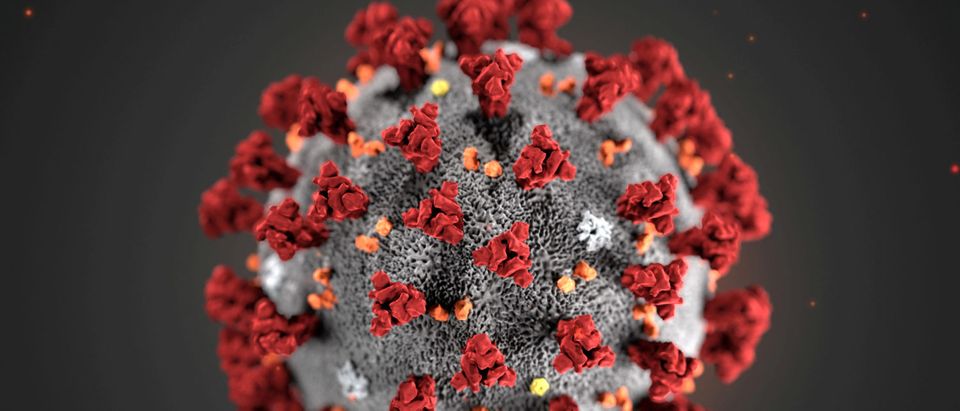The U.S. State Department sent two cables warning of “safety issues” at a virology lab in Wuhan, China, in 2018. That lab was studying bat coronaviruses.
Those cables, obtained by the Washington Post’s Josh Rogin, warned specifically that there were too few trained technicians and safety measures in place for the type of research that was being done and that the type of research conducted at the lab — transmissibility of bat-carried viruses to humans — posed a risk as well.
Exclusive: State Department cables warned of safety issues at Wuhan lab studying bat coronaviruses https://t.co/kgwc21YwBP
— Josh Rogin (@joshrogin) April 14, 2020
According to Rogin’s report, the U.S. Embassy in Beijing sent science diplomats to the Wuhan Institute of Virology (WIV) and sent a cable back to the U.S. following each of the two visits.
The first cable, dated January 19, 2018, was drafted after embassy officials from the environment, science and health sections met with scientists. “During interactions with scientists at the WIV laboratory, they noted the new lab has a serious shortage of appropriately trained technicians and investigators needed to safely operate this high-containment laboratory,” it read in part.
Officials also met with Shi Zhengli, the head of the project, who has been studying bat coronaviruses for years in an effort to predict and mitigate the next possible pandemic. Other researchers had determined as early as 2013 that bats and their possible contact with humans though wet markets could be breeding grounds for the next SARS-like pandemic — research that appeared to be borne out by Shi’s team as well. (RELATED: Flashback: Scientists Warned That Bats And Chinese Wet Markets Could Foster The Next Pandemic — In 2013)
This story is a DAMN big deal. State Dept cables warn “that the [Chinese] lab’s work on bat coronaviruses and their potential human transmission represented a risk of a new SARS-like pandemic.” https://t.co/ZOaCqEDA11
— Ted Cruz (@tedcruz) April 14, 2020
“Most importantly, the researchers also showed that various SARS-like coronaviruses can interact with ACE2, the human receptor identified for SARS-coronavirus. This finding strongly suggests that SARS-like coronaviruses from bats can be transmitted to humans to cause SARS-like diseases. From a public health perspective, this makes the continued surveillance of SARS-like coronaviruses in bats and study of the animal-human interface critical to future emerging coronavirus outbreak prediction and prevention,” the State Department cable continued.
While the State Department’s warnings are not proof positive that the novel coronavirus was born in a Wuhan laboratory, they are pieces of the puzzle that has taken shape in the apparent absence of truthful and accurate information coming from the Chinese Communist Party (CCP).
As Republican Louisiana Sen. John Kennedy told Fox News host Martha MacCallum on Tuesday, the CCP has claimed that the coronavirus made the jump from bat to human when a Chinese national ate a bat from a Wuhan wet market. The problem, as Kennedy noted, was that the bats reportedly carrying the disease were not sold at that market.
Senator Kennedy:
– COVID-19 came from a bat
– The Wuhan market did not sell bats
– We know that there was a virology lab in Wuhan experimenting with coronaviruses in bats
– That lab had a horrific safety record
– Our own State Department warned about it
This is woke
And correct pic.twitter.com/jAgvTltsH6— Benny (@bennyjohnson) April 15, 2020
Fox New host and Daily Caller co-founder Tucker Carlson reported on the topic a week earlier, citing a report that said the horseshoe bats that had been found to carry the disease were not native to the Wuhan region — and had not been observed migrating the hundreds of miles from their natural habitat. Carlson’s report also noted that a virology lab in Wuhan, just blocks from the wet market at the center of the initial outbreak, did house a number of infected bats. (RELATED: Tucker Carlson Airs Report Claiming Coronavirus ‘Probably Originated From A Laboratory In Wuhan’)
WATCH:


